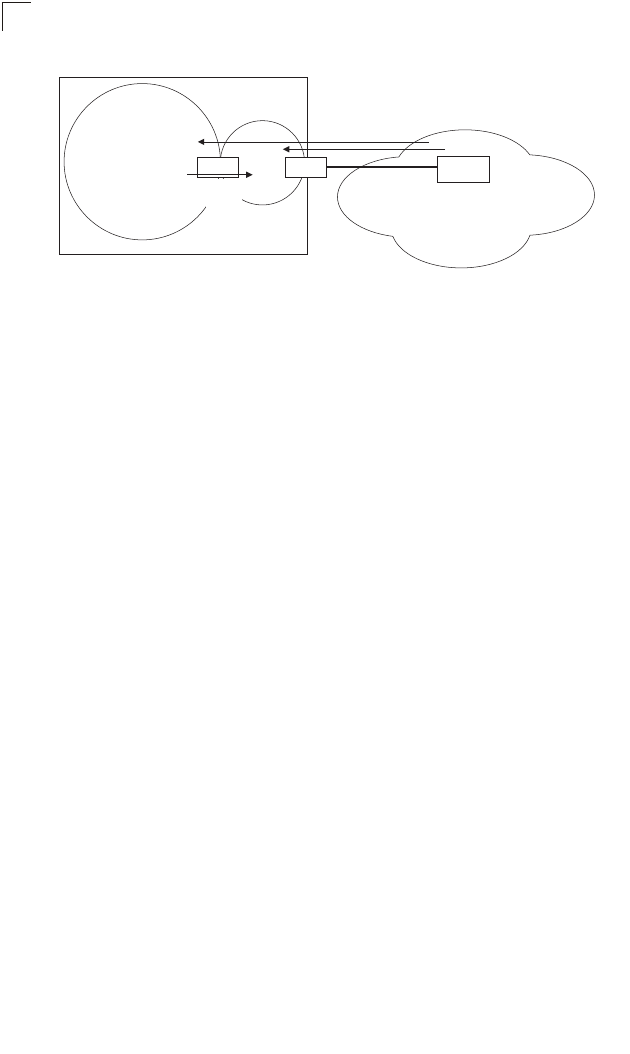
Configuring the Switch
3-240
3
• Routes that can be advertised with NSSA external LSAs include network
destinations outside the AS learned via OSPF, the default route, static routes,
routes derived from other routing protocols such as RIP, or directly connected
networks that are not running OSPF.
• Also, note that unlike stub areas, all Type-3 summary LSAs are always imported
into NSSAs to ensure that internal routes are always chosen over Type-7 NSSA
external routes.
Default Cost – This specifies a cost for the default summary route sent into a stub or
not-so-stubby area (NSSA) from an Area Border Router (ABR).
Command Usage
• Before you create a stub or NSSA, first specify the address range for an area using
the Network Area Address Configuration screen (page 3-250).
• Stubs and NSSAs cannot be used as a transit area, and should therefore be placed
at the edge of the routing domain.
• A stub or NSSA can have multiple ABRs or exit points. However, all of the exit
points and local routers must contain the same external routing data so that the exit
point does not need to be determined for each external destination.
Command Attributes
• Area ID – Identifier for an area, stub or NSSA.
• Area Type – Specifies a normal area, stub area, or not-so-stubby area (NSSA).
Area ID 0.0.0.0 is set to the backbone by default. (Default: Normal area)
• Default Cost – Cost for the default summary route sent into a stub from an area
border router (ABR). (Range: 0-16777215; Default: 1)
- Note that if you set the default cost to “0,” the router will not advertise a default
route into the attached stub.
•
Summary
– Makes an ABR send a Type-3 summary link advertisement into a stub.
(Default: Summary)
- A stub is designed to save routing table space by blocking Type-4 AS summary
LSAs and Type 5 external LSAs. If you use the “NoSummary” option to also
block Type-3 summary LSAs that advertise the default route for destinations
external to the local area or the AS, the stub will become completely isolated.
Note:
This router supports up to 16 total areas (either normal transit areas, stubs, or
NSSAs).
backbone
NSSA
ABR
default external
route for localAS
ASBR
external network
Router
default external
route for another
routing domain
7
5
AS


















